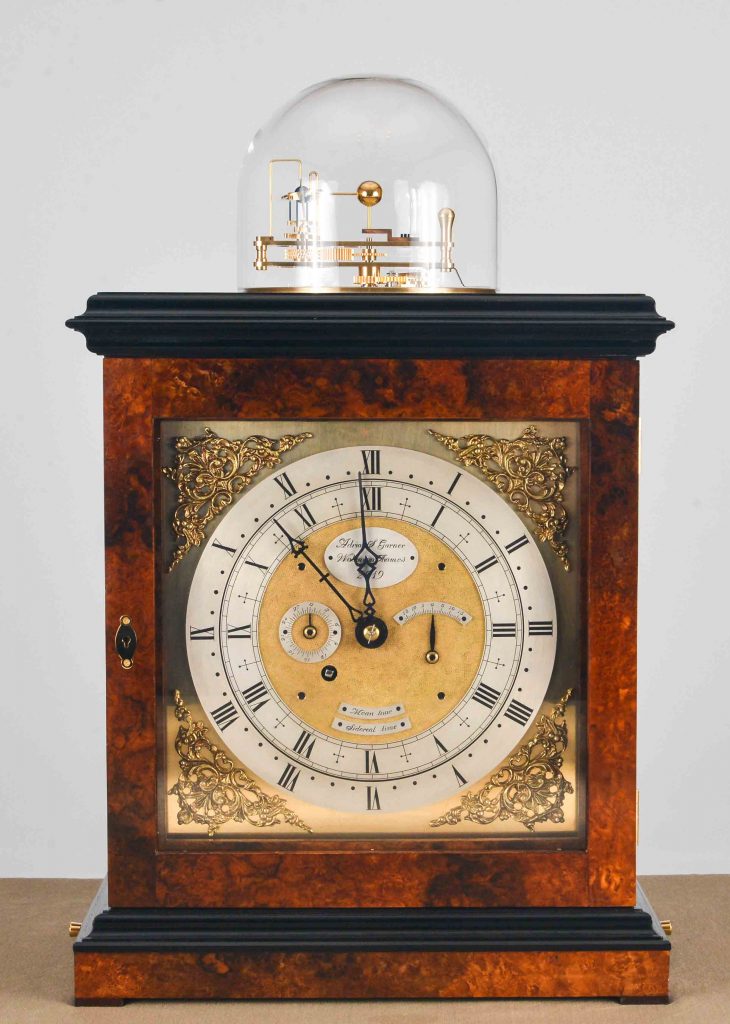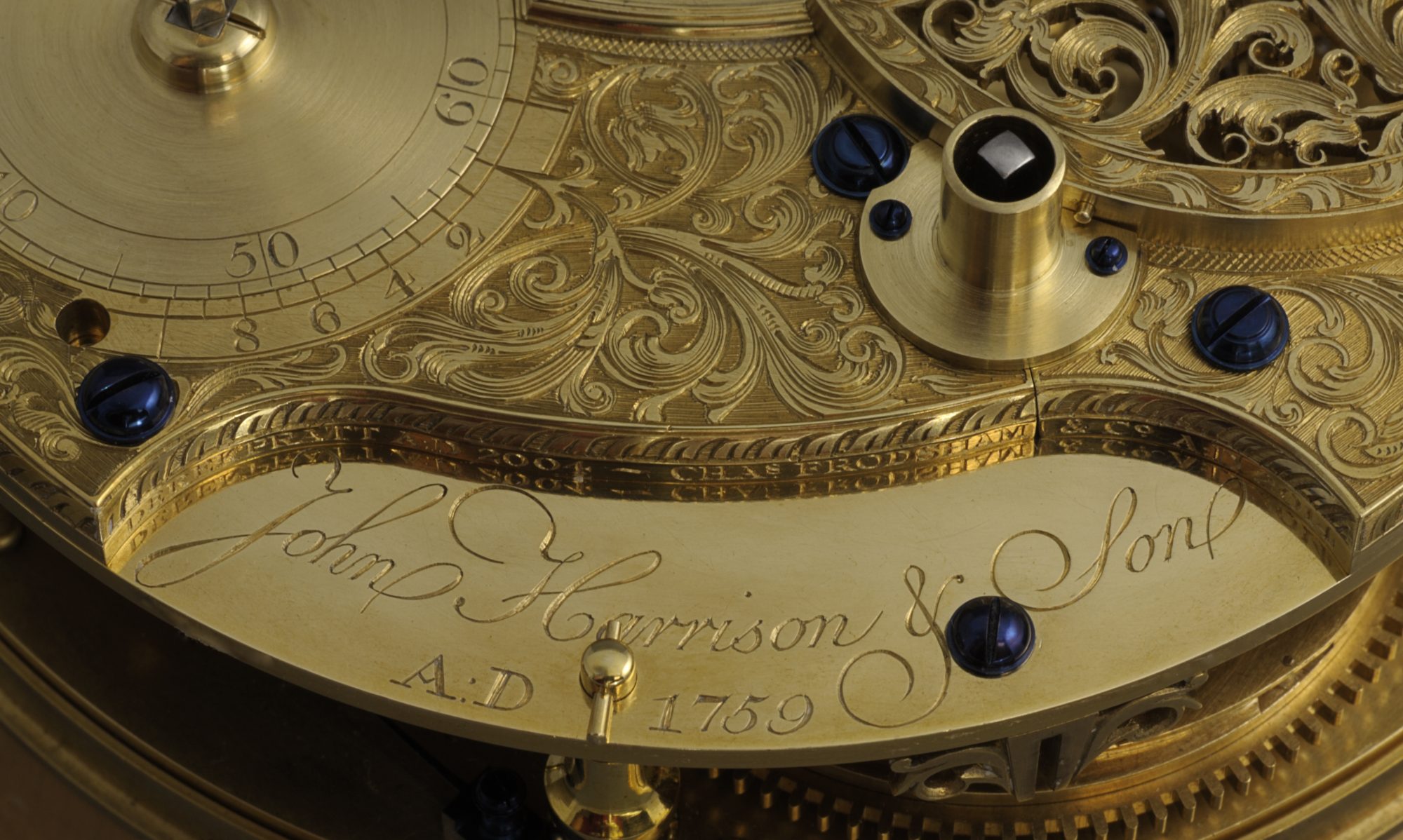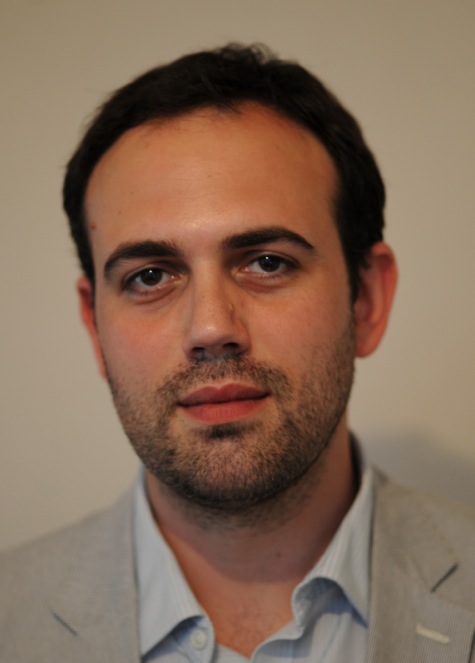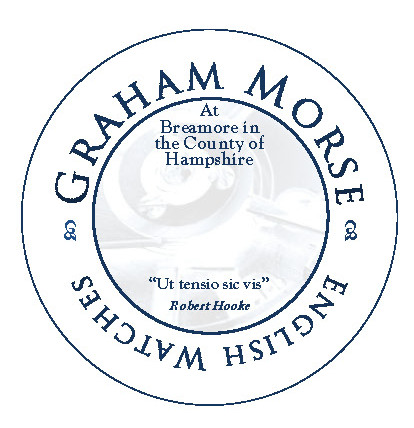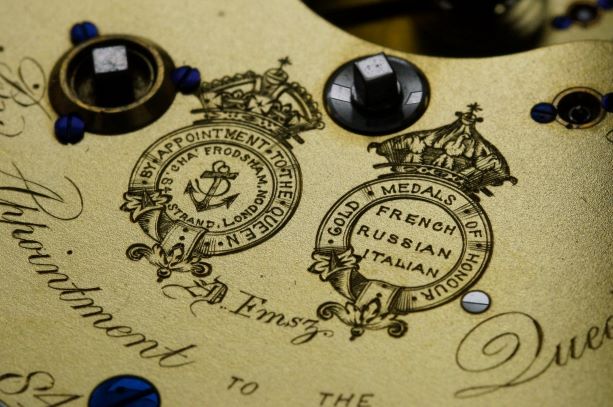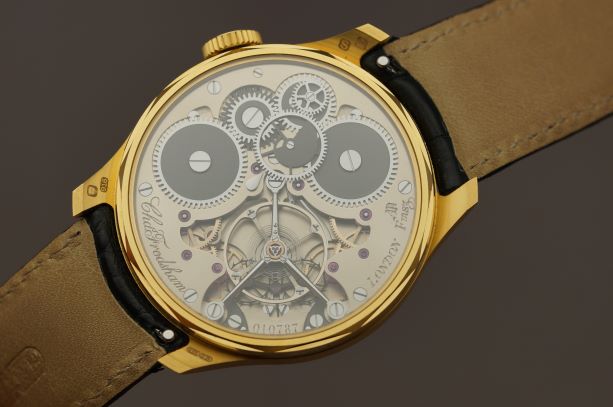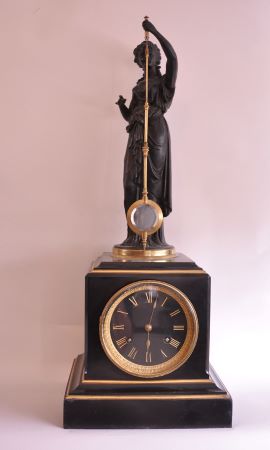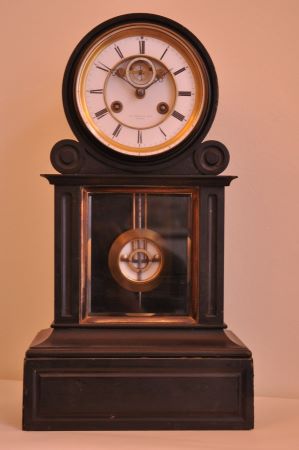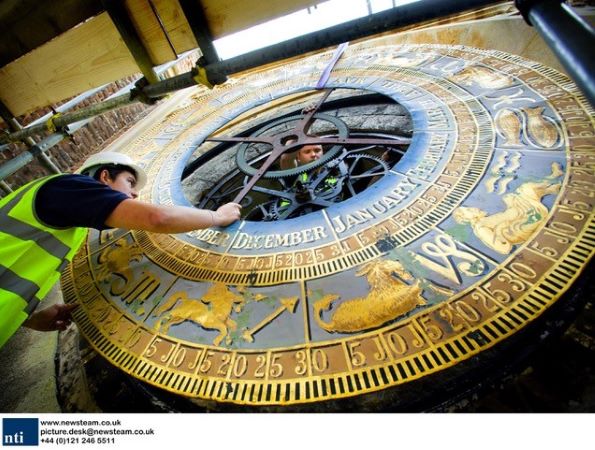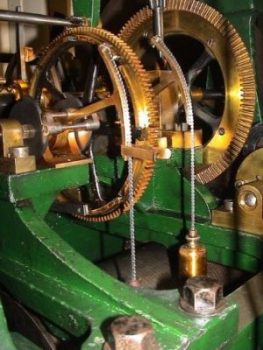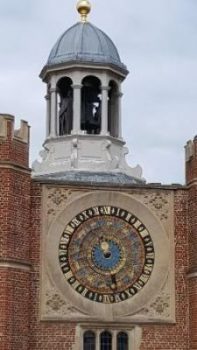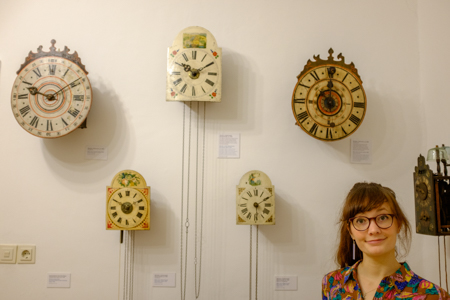5th March 2020
Annual General Meeting followed by:
A Practical Demonstration of Dial Matting by Keith Davis
As usual this meeting will be a two-stage event. Firstly, there will be the AGM which will be followed by Keith Davis who will be giving us a practical demonstration of Dial Matting.
As mentioned in the newsletter sent to members last month
(not on the website) our AGM will be a little different this year as we are to
elect a new President.
Therefore, in addition to the normal committee member
elections (with the exception of the Chairman who was elected for a two-year
term last year) the position of President will also be voted on.
As we are a branch under the umbrella of BHI at Upton Hall please
remember to vote at the AGM you must be a member of both our Branch and the BHI
at Upton Hall.
In addition to the elections there will be the normal
reports from the Chairman, Treasurer, Workshop Committee Chairman, Webmaster,
and of course the opportunity for all members of the branch to raise any
questions.
Keith Davies is a highly respected horologist working in the
Maidstone area.
Originally apprenticed as a jewellery/silversmith he became interested in horology and later apprenticed to the late Peter Bonnett. In the 1970s, there formed a bond between these two clockmakers even though Peter’s business was compulsory purchased by road building scheme in Maidstone. Keith started working for himself many years ago extending his garage and converting this into his workshop. Keith has worked for many of the members of the trade and private customers alike.
In 1987 he partook in the clockmakers company exhibition
exhibiting a fine Shelton table regulator which he had made in conjunction with
his friend Mr Moon, the collaboration produced more than one unusual timepiece
including a replica wall regulator by Francis Crowe of Faversham.
Keith has always been very interested in animals and if you
visited it was no surprise to find the latest acquisition of a barn owl in the
garden aviary.
His work is always of the highest quality and his abilities include making watch cases, detent’s, wheels pinions and finally pierced hands to name a few.
